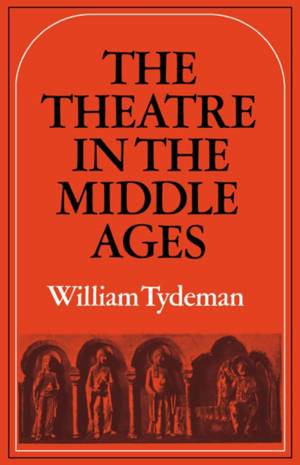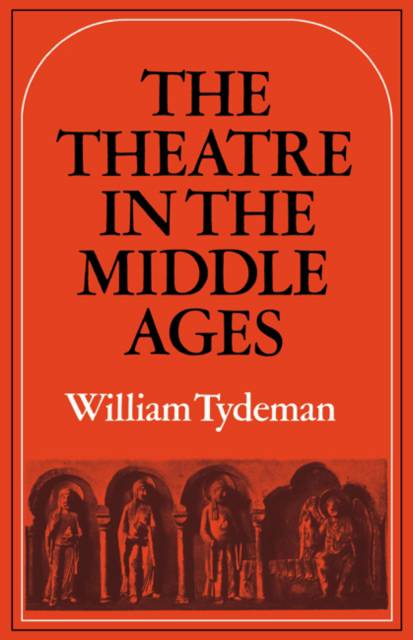
- Afhalen na 1 uur in een winkel met voorraad
- Gratis thuislevering in België vanaf € 30
- Ruim aanbod met 7 miljoen producten
- Afhalen na 1 uur in een winkel met voorraad
- Gratis thuislevering in België vanaf € 30
- Ruim aanbod met 7 miljoen producten
Zoeken
The Theatre in the Middle Ages
Western European Stage Conditions, c.800–1576
William Comp Tydeman, Tydeman William
Paperback | Engels
€ 60,95
+ 121 punten
Omschrijving
Popular and scholarly works on the Elizabethan stage have long familiarised readers and playgoers with the main features of a typical Shakespearian playhouse, yet medieval stage conditions remain far less well known, despite the amount of research in this area recently. In this survey of findings and theories (some unavoidably controversial), William Tydeman covers central aspects of western European theatre from the Dark Ages to the building of the first public theatres towards the end of the sixteenth century. The book begins by examining the ancient rituals from which drama sprang, the legacy bequeathed by the Roman stage to popular entertainers of the Middle Ages, and the rôle of the histrionic impulse in Christian worship. Subsequent chapters describe in some detail the varying methods of medieval staging - indoors, processional, and al fresco - settings, costumes, and effects, the way performers were chosen and organised, how the plays were financed and how their audiences responded. Half-tone and line illustrations clarify various points of theatrical detail in the text.
Specificaties
Betrokkenen
- Auteur(s):
- Uitgeverij:
Inhoud
- Aantal bladzijden:
- 312
- Taal:
- Engels
Eigenschappen
- Productcode (EAN):
- 9780521293044
- Verschijningsdatum:
- 30/03/1979
- Uitvoering:
- Paperback
- Formaat:
- Trade paperback (VS)
- Afmetingen:
- 140 mm x 201 mm
- Gewicht:
- 421 g

Alleen bij Standaard Boekhandel
+ 121 punten op je klantenkaart van Standaard Boekhandel
Beoordelingen
We publiceren alleen reviews die voldoen aan de voorwaarden voor reviews. Bekijk onze voorwaarden voor reviews.











